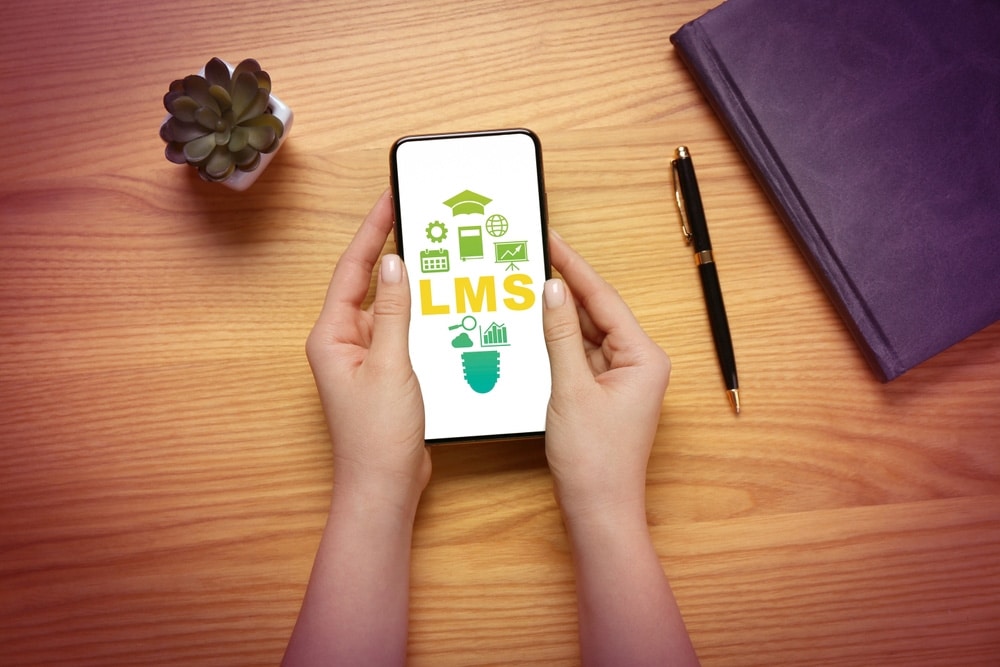LMS and Mobile Learning: Education on the Go

With the growing demand for flexibility, educational institutions must adapt to the changing needs of learners by embracing new forms of learning. One such approach that has gained popularity is mobile learning (m-learning), which allows students to access content conveniently through their smartphones or tablets anytime and anywhere. This article explores the importance of Learning Management Systems (LMS) in supporting mobile learning and highlights its benefits to educators and learners.
Understanding LMS and Mobile Learning
A Learning Management System, commonly called an LMS, is a software application or platform designed to facilitate the management, delivery, monitoring, and evaluation of courses and training programs. It is a hub where educators can upload materials, communicate with students, assign tasks, track progress, and deliver lessons.
Mobile learning refers to using devices such as smartphones or tablets for education. It harnesses technology to provide students access to course materials on the go with collaborative tools, assessments, quizzes, videos, discussion forums, and much more.
Advantages of LMS in Facilitating Mobile Learning
1. Accessibility
Students can now access their course materials anywhere by implementing a Learning Management System (LMS) alongside mobile learning strategies. Gone are the days when learners were limited to classrooms. Now, they can learn at their convenience with Thinfific, Teachable, iSpring, Cornerstone app, and other LMS that facilitate mobile learning.
2. Personalization
An LMS enables educators to customize content based on needs and preferences, providing students with learning experiences. This approach fosters learning outcomes as students can engage with course materials at their own pace without feeling overwhelmed or rushed.
3. Collaboration
Students can actively participate in group projects and discussions regardless of their location by integrating collaboration tools into a mobile LMS platform. It promotes interaction among peers. Encourages teamwork, which is essential for developing 21st-century skills.
4. Enhanced Engagement
Mobile learning allows educators to incorporate videos, gamification features, and multimedia content. By leveraging these tools through an LMS, educators can enrich student engagement. Encourage learning.
5. Seamless Communication
A designed LMS ensures communication between students and instructors by offering chatbots, discussion forums, real-time feedback options, and instant messaging capabilities. These features eliminate concerns or uncertainties by enabling communication between learners and educators.
6. Assessment Flexibility
Traditional assessments conducted on paper often limit the ways through which students’ knowledge can be evaluated. On the other hand, Learning Management System (LMS) platforms offer a range of assessment methods, such as quizzes, online exams, peer review assignments, and multimedia presentations. These methods are designed to assess students’ competency in ways.
7. Enhanced Data Analytics
One significant advantage of using an LMS for learning is its capability to collect and analyze data. This data provides insights into student performance, progress, and areas for improvement. The analytics feature within an LMS tracks student engagement levels, completion rates, assessment scores, and more.
8. Quick Feedback
Such information serves as feedback for both educators and learners. It allows them to identify strengths and weaknesses in the learning process accurately. Based on this information, educators can make decisions by tailoring their teaching strategies or providing customized support interventions to students.
9. Cost Efficiency
Integrating an LMS for learning brings cost-saving benefits compared to classroom-based education approaches. By having an online learning platform, there is no longer a need for infrastructure like classrooms or expensive resources such as textbooks. Instead of allocating budgets toward these aspects, educational institutions can divert their resources toward developing engaging content and providing technical support.
Furthermore, students can save money on transportation expenses associated with classes because they can access materials from their homes or anywhere with internet connectivity.
Conclusion
Mobile learning facilitated by a functioning Learning Management System showcases the power of technology in education for teachers and students. The accessibility and flexibility provided by LMS platforms ensure that education is no longer limited to a location or set day hours. With learning experiences and interactive content delivered through devices, students are more actively engaged in their educational journey than ever before. By embracing the potential of learning through an LMS platform, educational institutions empower their stakeholders with tools for achieving academic success anytime, anywhere.

